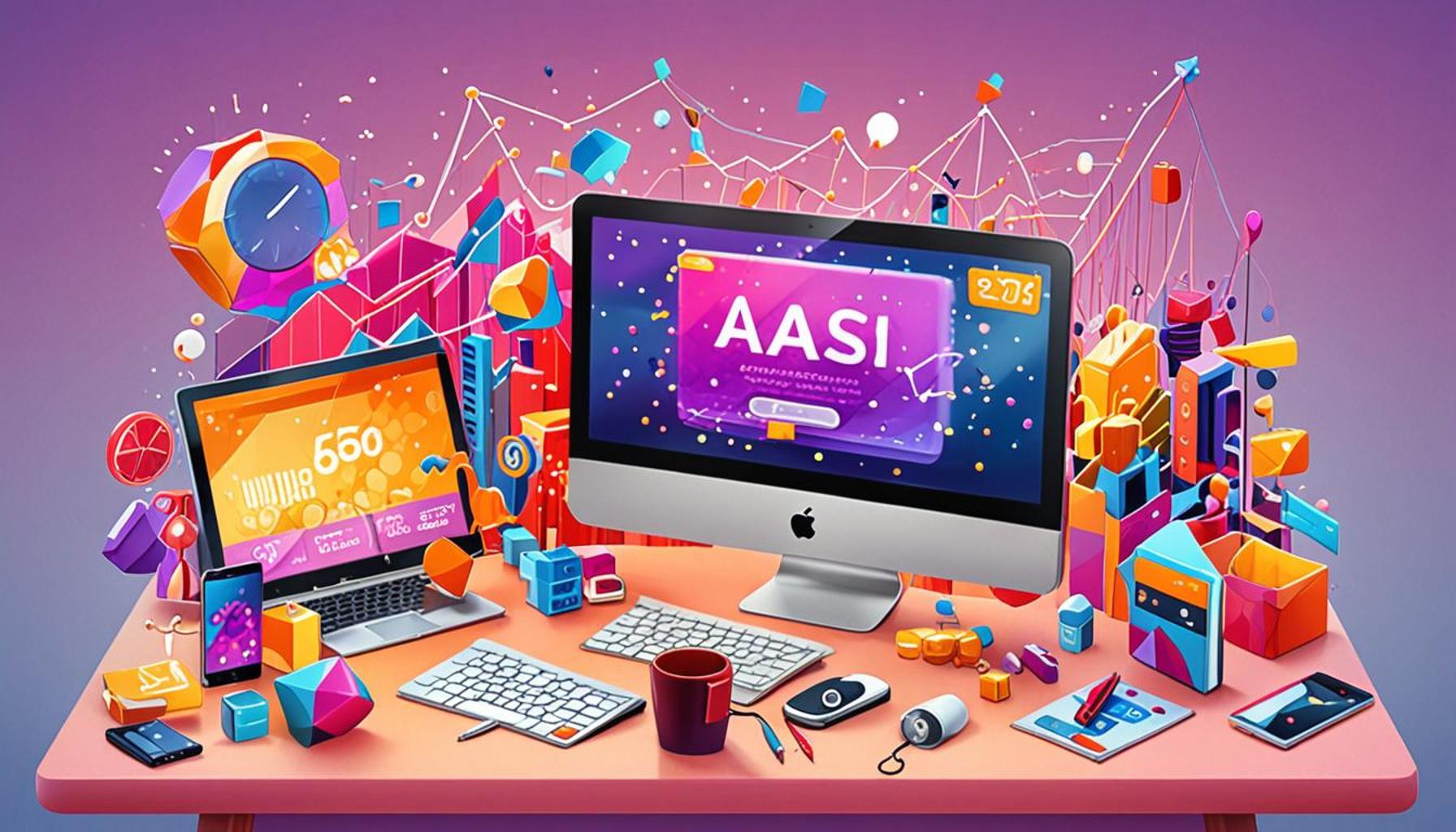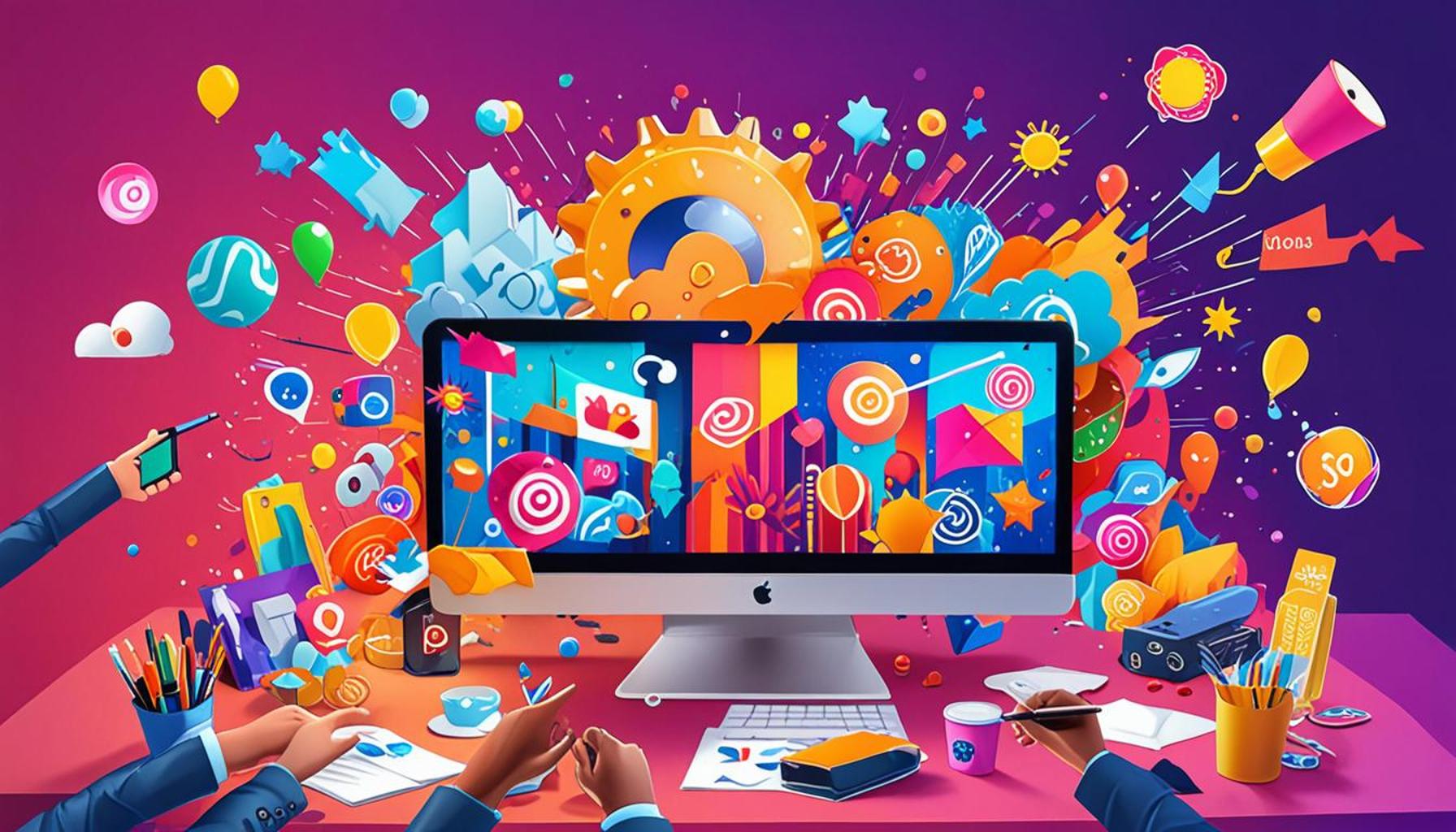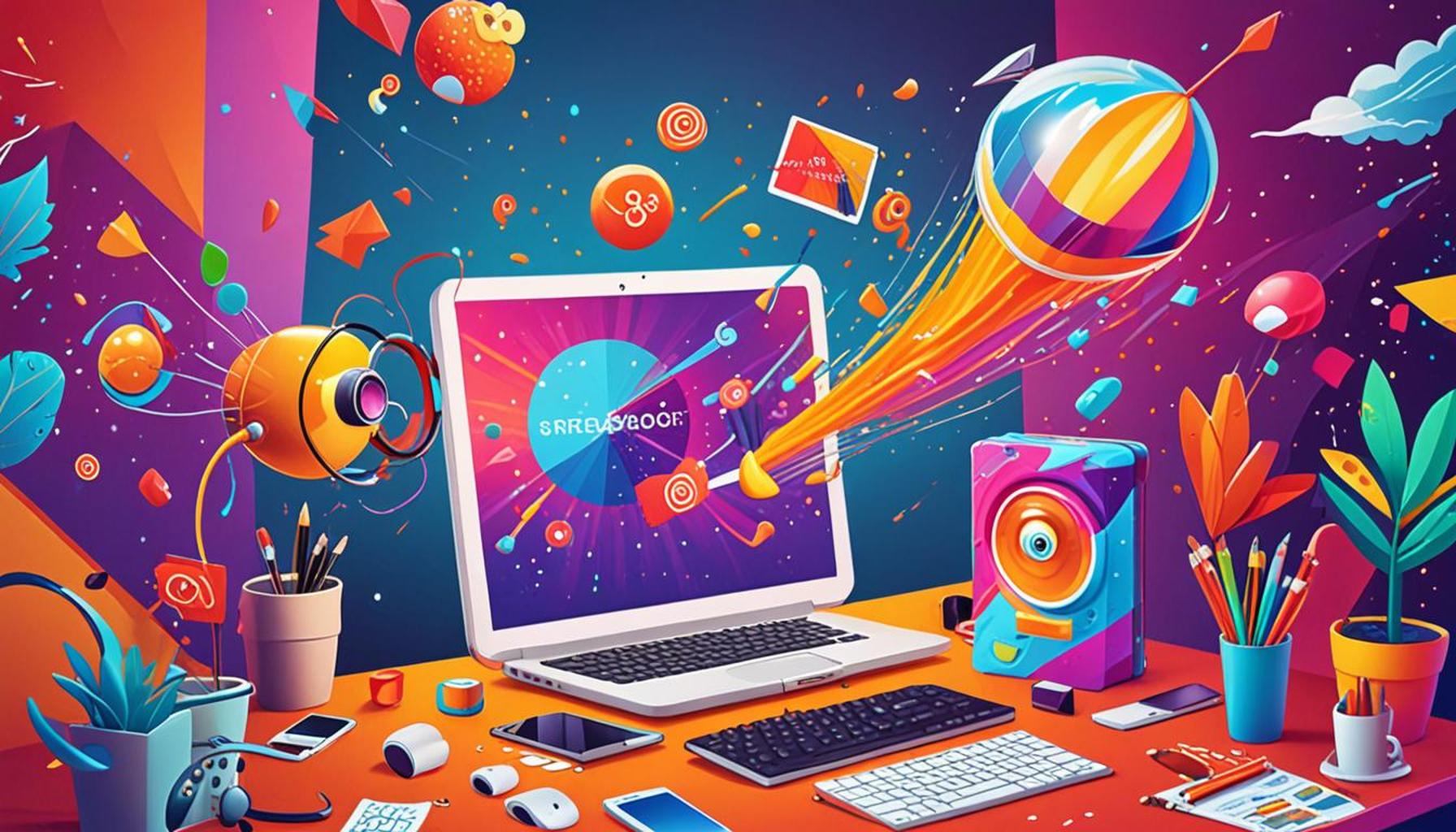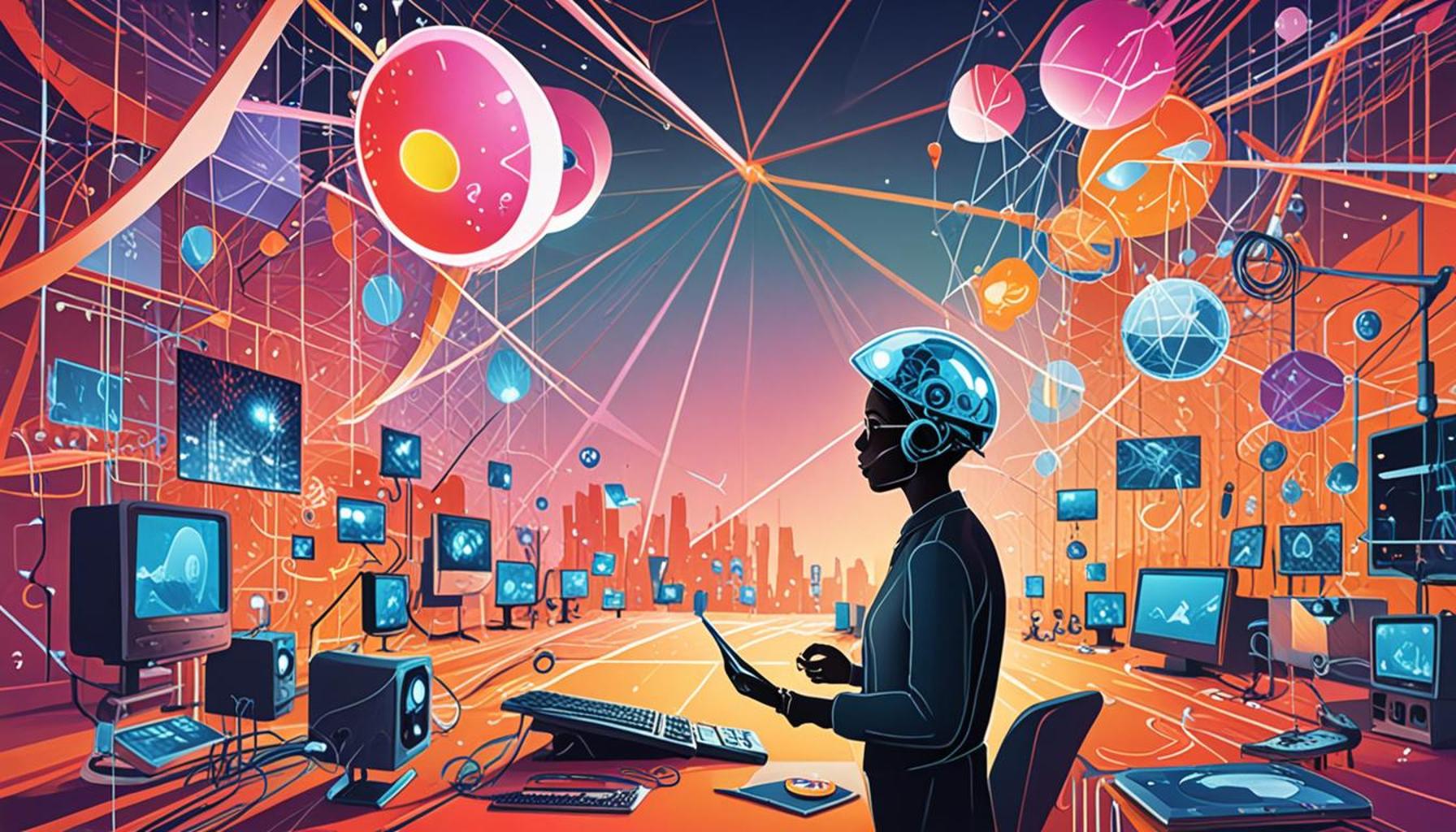Analysis of Promotion Policies and Their Impact on Online Consumer Behavior

Exploring Promotion Strategies and Their Impact on Consumer Actions
The shifting landscape of online retail in the digital age has created a complex interplay between consumer behavior and promotional strategies employed by businesses. These strategies are essential in not only attracting customers but also retaining them in a competitive marketplace. As consumers navigate an ever-expanding sea of options, understanding the nuances of promotion policies becomes pivotal in analyzing their decisions and trends.
One of the most effective promotion strategies is the use of discounts and offers. These can range from seasonal sales to flash deals that create a sense of urgency for consumers. For example, retailers like Amazon often implement “Lightning Deals” that last only a few hours, prompting customers to act fast or lose out. This tactic not only boosts sales during the promotional period but also creates a buzz that can drive traffic to their site. Studies indicate that when consumers perceive a deal as fleeting, they are more likely to purchase immediately, rather than delaying their decision, thus leveraging the concept of scarcity.
Another impactful method is the implementation of loyalty programs. Brands such as Starbucks have successfully cultivated a sense of community and belonging through their rewards systems. Customers earn points for every transaction, which translates into free products or exclusive offers. This strategy enhances the customer experience while simultaneously building brand loyalty. The emotional connection fostered by such programs can lead consumers to favor a brand over a competitor, even if prices are similar.
Additionally, influencer marketing has emerged as a powerful tool in shaping consumer attitudes and behaviors. Social media platforms like Instagram and TikTok have enabled brands to partner with individuals who have established trust with their followers. For instance, a beauty brand collaborating with a well-known beauty influencer can significantly enhance its visibility and credibility. Consumers often look towards influencers for recommendations, which can lead to increased conversions as followers perceive these endorsements as more authentic compared to traditional advertisements.
As businesses refine their promotional approaches, it becomes crucial to examine the impact of these policies on online purchasing decisions. Questions surrounding the influence of limited-time offers or the effectiveness of personalized marketing strategies can yield deeper insights into consumer psychology. For instance, personalized recommendations based on browsing history can significantly enhance the shopping experience, making consumers feel valued and understood.
By diving into these facets, companies can grasp the intricacies of consumer preferences and behaviors, ultimately leading to more informed decision-making when it comes to marketing tactics. In an age where options are abundant and competition is fierce, understanding the relationship between promotion policies and consumer behavior is key to thriving in the ever-evolving online marketplace.
YOU MAY ALSO LIKE: Read read another article
Understanding the Dynamics of Discounts and Scarcity
Promotion policies play a crucial role in shaping online consumer behavior. One of the most prevalent tactics employed by retailers is the strategic use of discounts and time-sensitive offers. Research has shown that limited-time promotions can trigger a sense of urgency among consumers, compelling them to act quickly to secure the perceived savings. This phenomenon, often referred to as the scarcity principle, demonstrates how consumers are likely to place higher value on products that are available for a limited time. For instance, during Black Friday, stores like Best Buy and Walmart implement significant markdowns, creating a frenzy that drives traffic to both their physical locations and websites.
Furthermore, the psychology behind perceived value is vital in understanding how discounts impact online shopping behavior. When consumers encounter a sale, particularly one that appears exclusive or rare, they often experience a heightened sense of excitement. This excitement is not merely a fleeting emotion; it can lead to an immediate purchase, even if the buyer did not initially intend to shop. Research supports this assertion, revealing that more than 60% of shoppers admit to making unplanned purchases while shopping online due to discounts.
Another area where promotion policies significantly affect consumer decisions is through the implementation of loyalty programs. Studies indicate that consumers who participate in loyalty initiatives are more likely to choose a brand over its competitors, even when faced with similar products and prices. These programs offer tangible rewards that incentivize frequent shopping. Brands such as Sephora and Ulta exemplify effective loyalty strategies by providing points for purchases, which can be redeemed for exclusive experiences and products. This strategy not only fosters repeat purchases but also cultivates an emotional attachment between the consumer and the brand.
The Rise of Personalized Marketing
In the digital realm, personalized marketing takes promotion strategies to new heights. Retailers leverage advanced algorithms and consumer data to create targeted campaigns that resonate with individual preferences. For example, a user browsing for outdoor gear might receive bespoke recommendations on camping supplies or hiking apparel based on their previous searches. This tailored approach enhances the shopping experience, making consumers feel recognized and valued. In fact, reports indicate that 80% of consumers are more likely to make a purchase when brands offer personalized experiences.
- Discounts and flash sales create urgency and drive immediate sales.
- Loyalty programs promote consumer retention and brand loyalty.
- Personalized recommendations enhance user experience and increase conversion rates.
As promotional strategies evolve, it is essential for businesses to continuously analyze their effectiveness on online consumer behavior. Through understanding the delicate balance between urgency, loyalty, and personalization, firms can better cater to their audiences, ensuring they not only attract but also retain their customers in today’s competitive landscape.
| Promotion Type | Consumer Response |
|---|---|
| Discount Offers | Consumers are highly attracted to limited-time discounts, leading to increased sales and brand loyalty. |
| Promotional Campaigns | Well-executed campaigns can shift consumer perceptions, driving not only immediate sales but also long-term engagement with the brand. |
| Free Shipping Offers | Eliminating shipping costs has been proven to significantly reduce cart abandonment rates, paves way for higher conversion rates, and enhances the overall shopping experience. |
| Loyalty Programs | An increase in repeat purchases and customer retention is noted with effective programs, as they facilitate personalized experiences that resonate with targeted audiences. |
The promotion types within the digital marketplace have a substantial influence on consumers’ decisions. For instance, discount offers create urgency, prompting immediate action among online shoppers. Meanwhile, promotional campaigns that showcase innovative or limited-edition products can generate significant buzz, altering consumer perceptions of a brand. Free shipping, often seen as a crucial factor in the online purchasing decision, addresses a major barrier to conversion, fostering a more favorable shopping environment. Moreover, loyalty programs not only incentivize repeat purchases but also leverage consumer data to offer tailored marketing strategies. This personal touch in promotions can lead to higher customer satisfaction and brand loyalty. By understanding these elements, businesses can more effectively maneuver through online consumer behavior and drive fruitful engagements. Such insights are invaluable for optimizing promotion policies and achieving strategic business goals.
RECOMMENDED: Check out this similar article
The Power of Social Media Influencers
Another fundamental element in the framework of modern promotion policies is the rise of social media influencers. Brands are increasingly enlisting key opinion leaders to elevate their promotional strategies, and the impact on online consumer behavior is profound. These influencers often have significant, dedicated followings, and their recommendations can sway purchasing decisions. A study by the American Marketing Association found that as many as 49% of consumers rely on social media influencers for product recommendations, highlighting the effectiveness of this promotional approach.
The use of influencers serves not just to promote products but to create an authentic narrative surrounding them. Brands like Fashion Nova and Glossier have effectively used social media campaigns to cultivate a lifestyle brand image, further engaging with consumers on platforms like Instagram and TikTok. This technique not only encourages immediate purchases but also fosters long-term brand loyalty as consumers begin to associate their online personas with the brands they promote.
The Role of User-Generated Content
In addition to traditional influencer marketing, another strategy gaining traction is the use of user-generated content (UGC). This type of content includes images, reviews, and testimonials shared by consumers, and it plays a critical role in shaping an online consumer’s perception of a brand. Research indicates that content generated by users can lead to a 79% increase in engagement when compared to brand-generated content. This shift demonstrates a growing trend where consumers not only value peer opinions but also feel a sense of community when engaging with content that resonates with their experiences.
Brands such as GoPro and Starbucks have successfully leveraged UGC, encouraging their customers to share how they use their products. By showcasing authentic experiences, these companies create a formidable connection with their audience, inspiring others to make purchases based on relatable stories and shared experiences. UGC not only drives sales but also acts as powerful social proof that validates a product’s quality and effectiveness.
Gamification in Promotions
Lastly, the concept of gamification is emerging as a dynamic approach in promotion policies that captivates online consumers. This strategy incorporates gaming elements such as points, challenges, and rewards into the shopping experience. For instance, platforms like Nike and Duolingo employ gamification by allowing users to earn badges and rewards for completing certain tasks or challenges, thereby enhancing user engagement. A report found that when gamification is integrated into marketing strategies, it can boost consumer motivation and lead to a staggering increase in conversions, often as high as 30% in participating brands.
- Social media influencers impact purchasing decisions significantly.
- User-generated content enhances brand perception and encourages engagement.
- Gamification increases consumer motivation and drives conversion rates.
As retailers adapt their promotion policies to encompass these diverse strategies, it becomes increasingly important to monitor and analyze their effectiveness on online consumer behavior. Through an understanding of the intricacies of social influence, authentic engagement, and innovative methods like gamification, brands can design experiences that are not just transactional but also meaningful, thereby ensuring they remain relevant in the fast-evolving digital marketplace.
LEARN MORE: This related article may interest you
Conclusion
In today’s digital landscape, the analysis of promotion policies and their impact on online consumer behavior reveals a constantly evolving relationship between brands and their audiences. The emergence of social media influencers, the strategic use of user-generated content, and innovative approaches like gamification have collectively transformed the way consumers interact with brands. Each of these elements not only heightens consumer engagement but also significantly enhances brand visibility and credibility.
As identified in various studies, influencers hold the power to shape purchasing decisions, while UGC fosters trust and community among consumers. This interplay creates a rich tapestry of social proof that goes beyond traditional advertising. Furthermore, with gamification adding an interactive layer to shopping experiences, brands can effectively motivate consumers to engage and convert, often witnessing substantial boosts in their conversion rates.
It is imperative for businesses to continuously assess and adapt their promotional strategies in response to the shifting dynamics of online consumer behavior. Monitoring the effectiveness of these policies can provide invaluable insights that inform future marketing directions. As brands endeavor to maintain relevance and deepen customer connections, the integration of authentic messaging, community engagement, and innovative promotional tactics will be essential in leveraging the full potential of the digital marketplace. Ultimately, an astute understanding of these promotion policies not only drives immediate sales but also establishes enduring brand loyalty that withstands the test of time.



